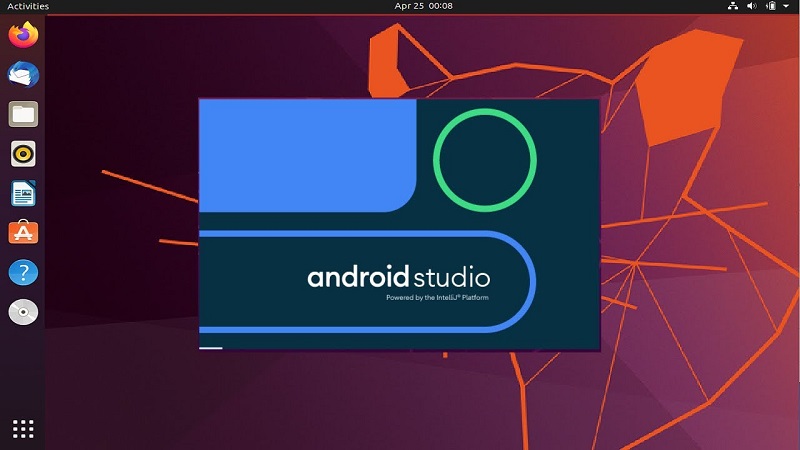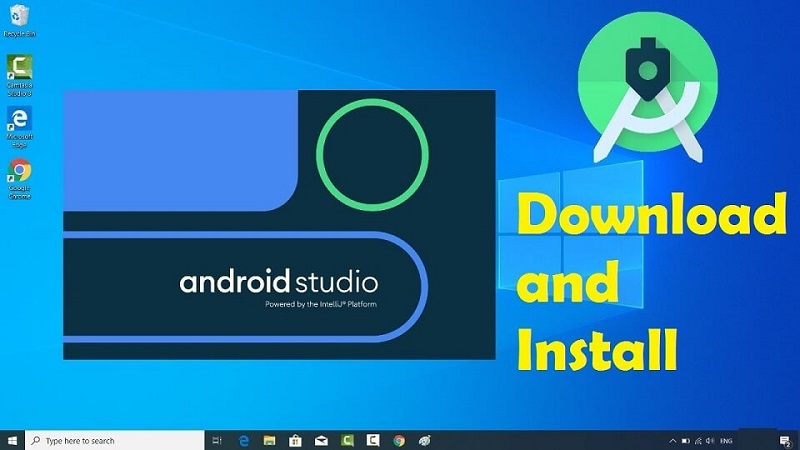We all know that Android Studio is a powerful software tool designed to design applications and games and work on websites. In this blog article, we will cover whether or not 16GB of RAM is enough for the software to run smoothly.
What is Android Studio?
Android Studio is a powerful development environment for Android apps. It includes a compiler, an IDE (interactive development environment), and tools for debugging and testing apps.
Some developers prefer to use more than 1GB of RAM in Android Studio to avoid performance issues. However, the GB of RAM requirement is not set in stone. In fact, some developers have been successful using as little as 512MB of RAM without any problems. So, it really depends on your specific project and setup.
Is 16GB ram enough for the Android studio?
Android Studio requires at least 4GB of RAM to run optimally. However, if you’re working with large projects or frequently working with multiple modules simultaneously, 8GB of RAM may be a better choice.
Even if you have enough RAM installed, Android Studio may still crash if your device has low memory levels. To prevent this, make sure that the OS and Android Studio are both up to date and use a memory cleaner like AppCache Clearance Monitor to free up unused space on your device.
How to get started with Android Studio
If you’re new to Android Studio, you’ll want to make sure that you have the right amount of RAM installed. Android Studio requires 1GB of RAM to work properly. If you don’t have enough RAM, Android Studio may start to suffer from memory issues and crashes.
To determine whether you need more RAM, open the Settings menu in Android Studio and click on the Environment tab. Under the “Android SDK” section, you’ll see a line that says “Required Memory.” This line tells you how much RAM Android Studio needs to run properly. If the number next to it is low, then you likely don’t have enough RAM installed and you’ll need to add more.
If you’re still having memory issues after adding more RAM, then your computer may not meet the minimum requirements for Android Studio. In that case, you’ll need to upgrade your hardware or install a different operating system on your computer.
The Benefits of Using Android Studio
Using Android Studio is a great way to develop Android apps. Here are some of the benefits:
Android Studio is fast and efficient. It runs on both Mac and Windows and has a user-friendly interface.
Android Studio provides integrated support for all the popular Android development tools and libraries. This makes it easy to work with different parts of the Android platform.
Android Studio provides excellent debugging capabilities. You can easily track down problems in your apps by viewing the logs and screenshots.
What is RAM?
RAM stands for Random Access Memory. RAM is the part of your computer that stores the information you need to work with quickly.
Android Studio relies on RAM to run smoothly. When you open a project, Android Studio downloads all the resources and codes needed to work on it. If your computer isn’t able to handle all this information at once, Android Studio may start to slow down or even crash.
The more RAM your computer has, Android Studio can use resources. So, if you’re just starting with Android development, go ahead and get a machine with at least 1 GB of RAM. As you become more experienced, you may want to invest in more RAM. But 1 GB is definitely enough for most people starting out with Android development.
How much RAM do I need?
If you are new to Android Studio or have not used it for a while, you may be wondering if you need more RAM. Android Studio is a software development environment (SDK) for creating Android applications. It includes an Integrated Development Environment (IDE), which allows you to code in a text editor and then run the code on your computer.
Android Studio requires at least 1GB of RAM to run properly. However, depending on your Android Studio version, you may need more or less RAM. For example, if you are using Android Studio 3.0 or later, you will need at least 2GB of RAM to run correctly. On the other hand, if you are using older versions of Android Studio, you may only need 1GB of RAM.
So, if you are new to Android Studio and are unsure if you need more RAM, the best thing to do is check the requirements for your version of Android Studio and see if you meet them.
How much RAM should I get?
When you first start Android Studio, it will ask you how much RAM you want to use. Based on your answer, Android Studio will estimate how much RAM you need and give you a dialog box that says, “Install the rest of the software needed.”
If you’re using an old version of Android Studio (or if you don’t want to install any other software). You can just click the “Install the rest of the software needed” button and Android Studio will take care of installing everything else for you.
However, if you want to use Android Studio with GB of RAM (or more), you’ll need to install some additional software.
Android Studio can use up to 8 GB of RAM, but unless you have a very powerful computer, I recommend getting at least 4 GB of RAM. That way, Android Studio can use all of your computer’s resources without having to wait for anything.
Conclusion
In this article, we have looked at how much GB of RAM is needed for Android Studio. We will also provide some tips on how to increase the amount of RAM that Android Studio can use. By following these tips, you should be able to build applications with ease and without any issues. So if you’re wondering whether or not your computer has enough RAM for Android Studio, read on!




